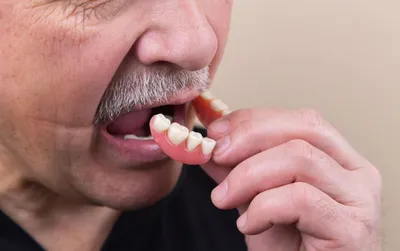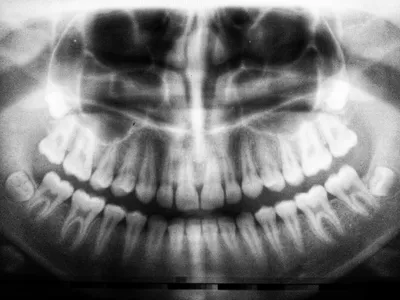
Introduction to Laser Technology in Dentistry
Laser technology has significantly advanced over the past few decades, finding applications in various fields, including dentistry. This innovative technology has introduced new possibilities for dental treatments, offering benefits such as reduced pain, quicker recovery times, and increased precision.
How Laser Technology Works
At its core, laser technology in dentistry utilizes focused light beams to perform specific tasks. These high-energy beams can remove or shape tissue, whiten teeth, or even detect cavities at an early stage. Different laser wavelengths are used for different dental procedures, making the technology versatile and adaptable to various treatment needs.
Types of Dental Lasers
There are primarily two types of dental lasers: hard tissue and soft tissue lasers. Hard tissue lasers are used for cutting and shaping bones and teeth, while soft tissue lasers are employed for procedures involving gums and other soft tissues.
Applications of Laser Technology in Dentistry
Laser technology has a wide range of applications in modern dentistry. Some of the most common uses include:
- Cavity Detection and Treatment: Lasers can detect cavities at an early stage, allowing for timely intervention. They also enable minimally invasive removal of decayed tooth material.
- Gum Disease Treatment: Lasers efficiently remove infected tissue and bacteria, promoting healthier gums with less discomfort and quicker healing.
- Teeth Whitening: Laser teeth whitening is faster and often more effective than traditional methods, providing immediate results with less sensitivity.
- Biopsy and Lesion Removal: Lasers can precisely remove small amounts of tissue for biopsy or remove benign lesions with minimal bleeding.
Advantages of Laser Dentistry
The adoption of laser technology in dental practices comes with several advantages:
- Minimally Invasive: Laser procedures are less invasive than traditional methods, resulting in reduced pain and discomfort for patients.
- Enhanced Precision: Lasers provide greater accuracy, preserving more of the healthy tissue while targeting problem areas effectively.
- Faster Recovery: Patients typically experience quicker healing times and fewer complications post-procedure due to the reduced trauma involved.
- Reduced Infection Risk: The high-energy beam sterilizes the area being treated, lowering the risk of infection.
Considerations and Limitations
While laser technology offers numerous benefits, it's important to recognize that it may not be suitable for all dental procedures. The effectiveness of laser treatments can vary depending on the case complexity and the specific condition being addressed. Additionally, the initial cost of laser equipment can be higher than traditional tools, which may impact treatment costs.
The Future of Laser Dentistry
As technology continues to evolve, the potential applications of laser in dentistry are expected to expand further. Ongoing research and development are likely to enhance the effectiveness and accessibility of laser-based treatments, making them a standard component of modern dental care.
Conclusion
Laser technology is transforming the landscape of modern dentistry by providing innovative solutions that improve patient outcomes. From minimally invasive procedures to enhanced precision and faster healing times, the benefits of laser dentistry are undeniable. As this technology continues to advance, it will play a pivotal role in shaping the future of dental care in Australia and beyond.
Top Dental Health Articles
Discover our most popular dental health articles, featuring expert advice that our readers rely on.



